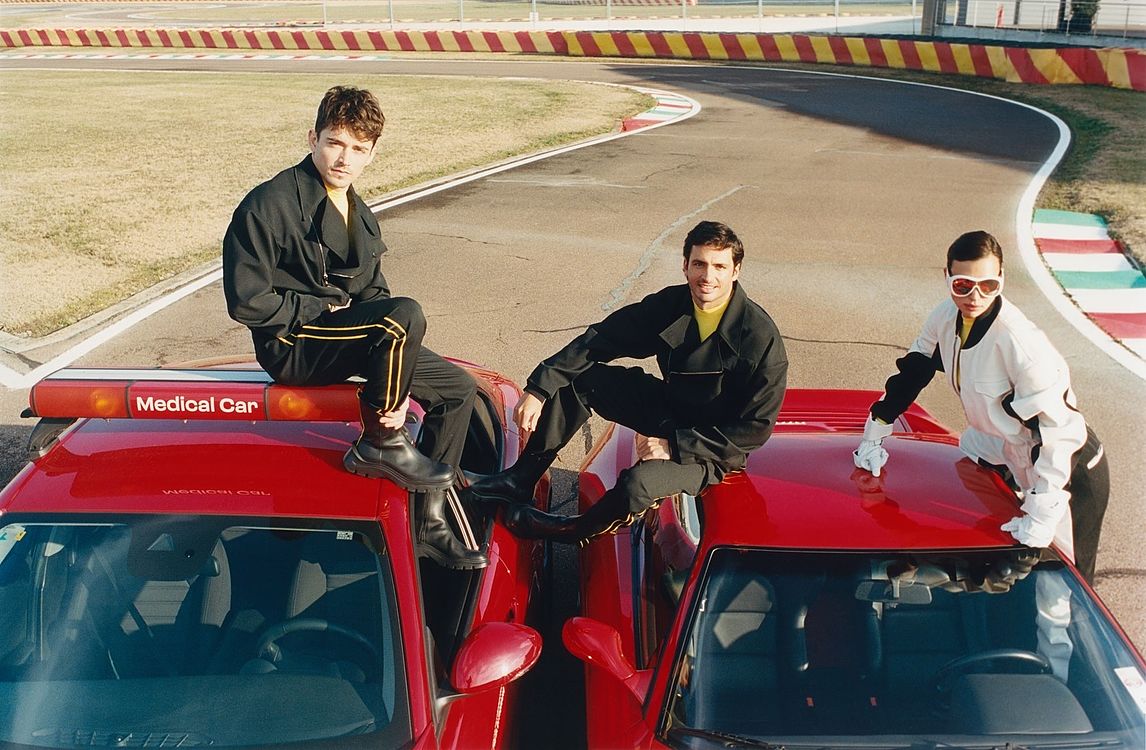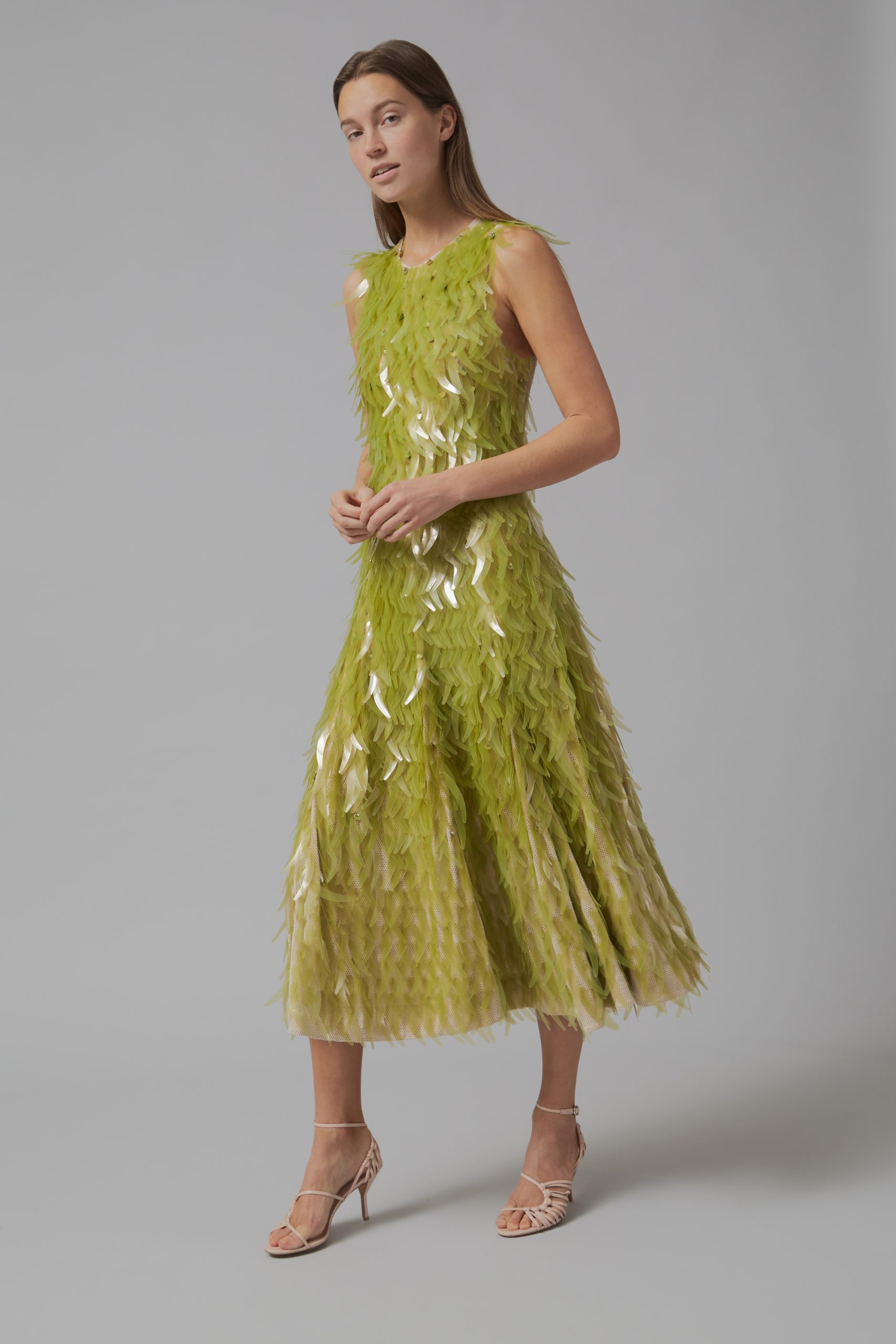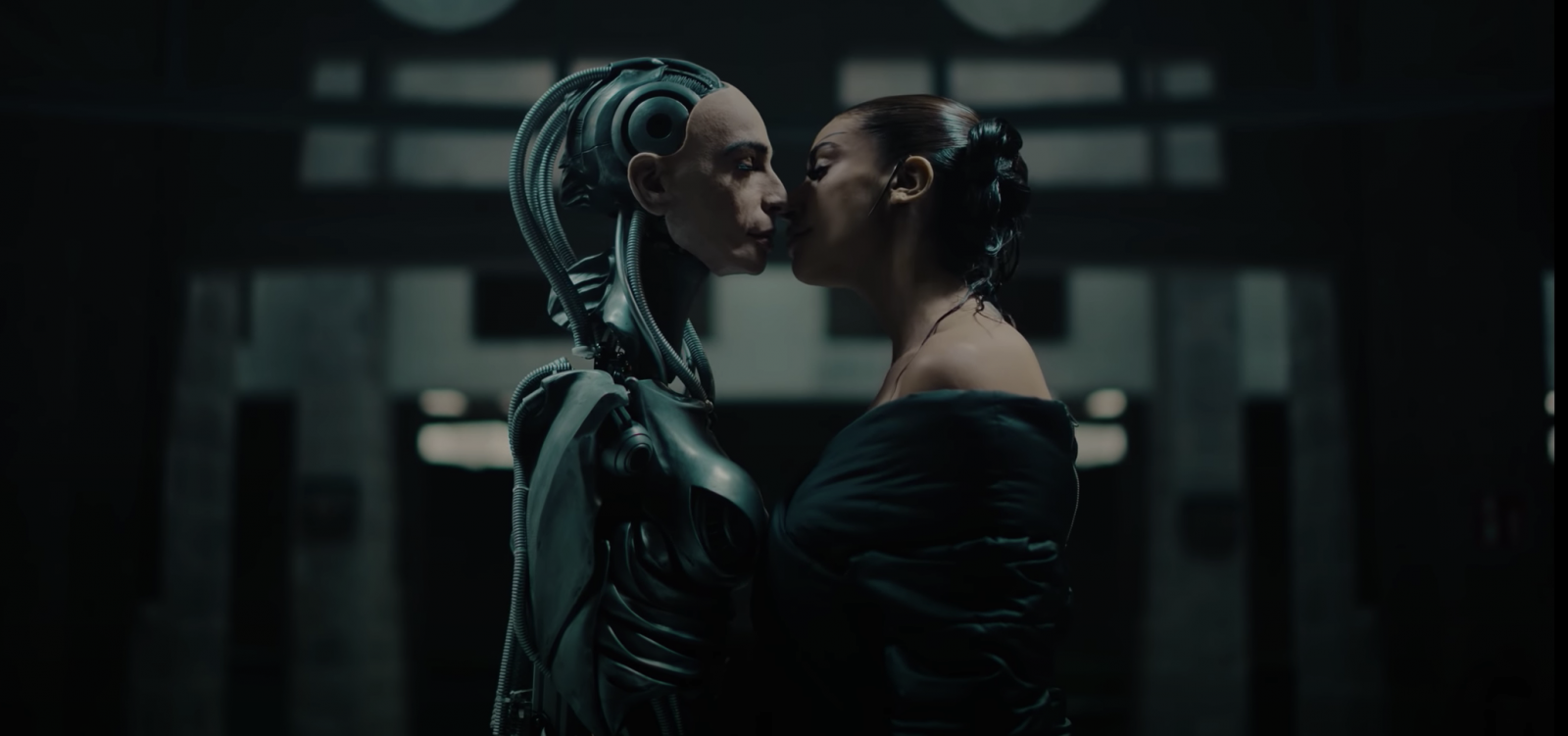I started by asking myself, does AI create a threat to the creative industry? Will creatives gradually be replaced by robots? Will they do the job better and faster?
What will the creative future look like?
Having recently dived deep into the world of AI, I have only now visualised the larger picture… but before we dive in deep, many questions are left unanswered, those of which I urge you to start a conversation about…
Now, let’s get into it!
The future and full influence of AI cannot yet be grasped. Questions open up new possibilities and make us realise what could be, what will it be. In the creative world, art and fashion are two spheres that have started using AI in their processes.
Machines are being used as assistants to bring creation, as I understand it, bringing it to a whole new level.
So, I ask you, what is creativity and how is it being challenged?
The definition of creativity is different for everyone, with imagination and uniqueness being key to the process. Creative insights are moments of electricity in the brain – a spontaneous commentary that brings about new ideas and the well known feeling of ‘eureka’. Communication between people, cultures and exchange of knowledge are also fundamental for diverse creative potential.
Today, there is a new player in the field – Creative AI. As an area of computer science, AI mimics the human brain through ‘deep learning’ to process data and create patterns for decision making. It’s being used increasingly in everyday life from Siri to facial recognition and soon driverless cars. Some people believe this will come to replace us, but an open minded perspective welcomes AI into our design processes.
Let’s face it, the highest level of human creativity will be impossible to copy, but the boundary between human and machine is becoming less and less.
With decision making, machines are better than humans at giving multiple solutions to choose from at a fast pace. But, reaching the end goal is as important as the making process in between, where mistakes can often define a work of art. This is a truly important human input. No matter how many sci-fi fictions have foretold machines taking over humans, we must remember that AI was created by human intelligence. Luckily for us too, it still lacks the complex link between imagination and abstract thinking.
The rise of technology oversees different tools of artistic expression being added to this process – ones that are faster and less tangible. Over the past few years AI has made its way into art, with artists using technology to quicken or influence their creative outcomes.
Just imagine an AI that imitates, analyses and combines fed images to make a completely new artwork. This is achieved with a deep learning model known as GAN (generative adversarial network) algorithm. By choosing the input images, artists still have the active hand. Could this process be seen as a form conceptual art? Perhaps, if the artist makes a point of incorporating AI in the creation.
Take a collection of artists and researchers in France, known as Obvious, explore AI’s potential in the art. They made the worlds first AI artwork: Portrait of Edmund Belamy (2018),

which was auctioned at Christies for a staggering $432,500. Using GANs algorithm, thousands of portraits were analysed from the 14-20th centuries to create a portrait that had moved on from earlier styles. Better yet, the result was eerily contemporary. Is this AI learning and progressing by itself? Or is the result simply a mix of fed images? Either way, this is a collaboration between human and machine that has huge creative potential for the future.
Moreover, can machine images be called art at all?
If we consider artworks as purely aesthetic, then yes why not. But, if we take into account the artists intentions, desires, feelings or reactions to current events, then AI art will fall short and probably always will.
In the world of fashion, an increasing amount of designers are turning to AI as a tool for innovative and sustainable design. Here, a new type of designer is blooming – the digital fashion designer. Interestingly, the gaming industry has helped to pave the way for AI in fashion.
For decades, games have been selling skins for characters in video games. Downloadable artworks or outfits are bought to customise a characters appearance. This technology has been adopted by the fashion industry to recreate fabric weights and to digitally fit garments. These can remain entirely virtual, or be custom made after the online collection. And thats not all, virtual fittings and online garments mean that digital fashion could be a solution to over production and fabric waste.
Not only has fashion been inspired by games software, but large brands have started placing garments in video games themselves. During the pandemic the gaming industry has boomed with more people playing than ever before, and luxury brands have caught on. Video games and Esports have become recognised as a way to connect with young Millennials and Gen Z. To set the scene, in 2019 Louis Vuitton
included a collection of skins in League of Legends, and in 2020 Puma similarly dressed a squad in custom Jerseys. What’s more, the pandemic has created an explosion of interest in virtual fashion, with Gen Z looking for new ways to dress their online personas. Having been in lockdown for a year, digital fashion is a way of exploring new looks without worldly limitations. Influencers are catching on to the phenomenon, propelling this new form of clothes wearing.
Fantasy landscapes are also on the rise – where 3D simulations are a chance to escape from the everyday. An example is Amsterdam based collective The Fabricant, who continue to unfold virtual garments in fantastical landscapes.They use 3D and AI technology to produce entirely digital clothing.
Their aim is to create a 21st century fashion that caters to our vanity without harming the planet, to ‘waste nothing but data and exploit nothing but our imagination’. In 2019 they created the world’s first digital dress and named it Iridescence. This is a landmark moment – a dress that is traceable, tradable and collectable as digital art. Now customers can dress their online avatars in The Fabricant’s garments, wear them on social media and in virtual horizons. It’s incredible what can be achieved free from the constraints of the material world. This goes beyond what we have ever seen with catwalks and fashion shoots.
Another potential for digital fashion is with smartphone apps. The world’s first fashion collection using smartphone AI was Fashion Flair.

Developed by Huawei and fashion designer Anna Yang in 2019, a custom built app was made that combined smartphone AI with human creativity. In a similar vein to the first AI portrait, this app processed iconic fashion images and previous designs by Yang. Through the app, the Fashion Flair collection was digitally formed and then physically made.
Could this be the next building block in fashion design - an accessible app for endless design possibilities? On the contrary, could it also make designers lazy?
As we have seen, the pandemic has brought a huge boom of virtual activity. A post Covid world will likely see more artists and designers turning to AI and 3D technology. Make no mistake about it, this form of creativity will continue to reshape the coming decades. All in all, machines seem to save time at the beginning of the creative process.
In this way, AI should be harnessed to use for human advantage. It might alter the outcome of the final work, but you’ll be glad to hear that designers and artists will stick around. A mind + machine creative symbiosis will be formed.
Written by Mia de las Casas founder of Found Thread edited by GLITCH Team





